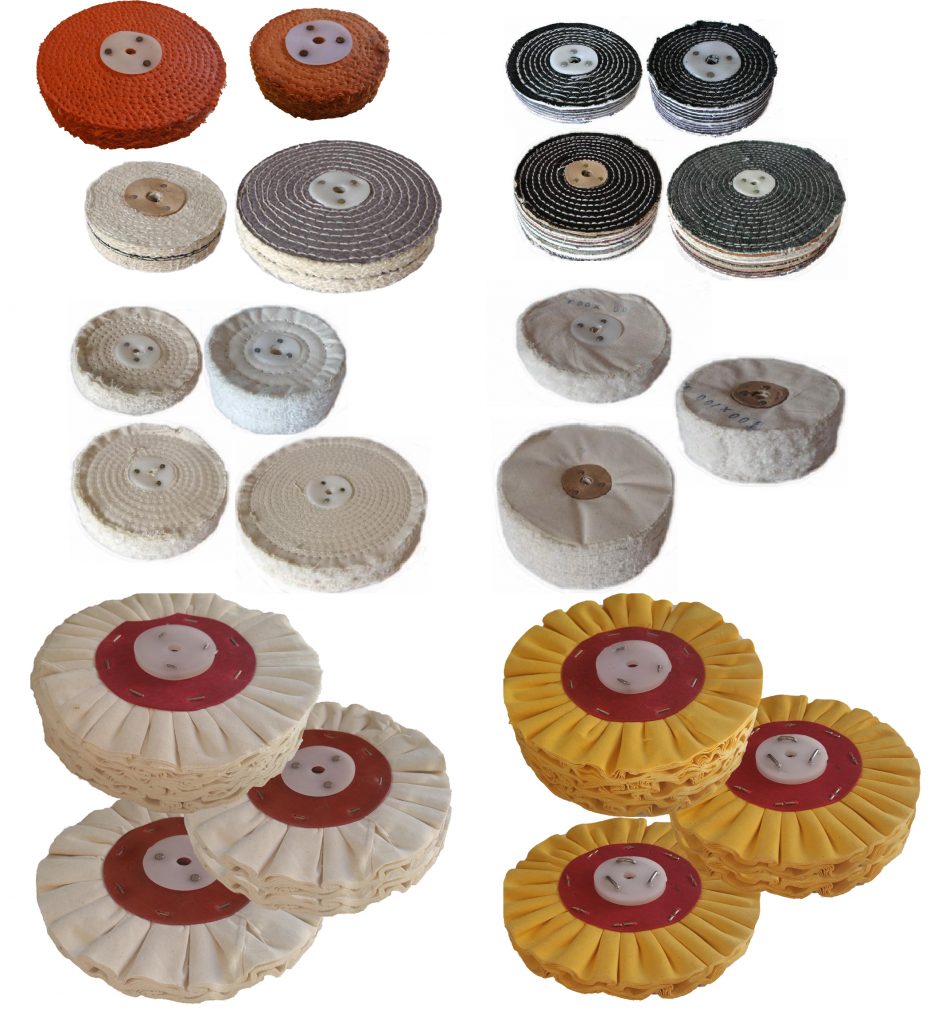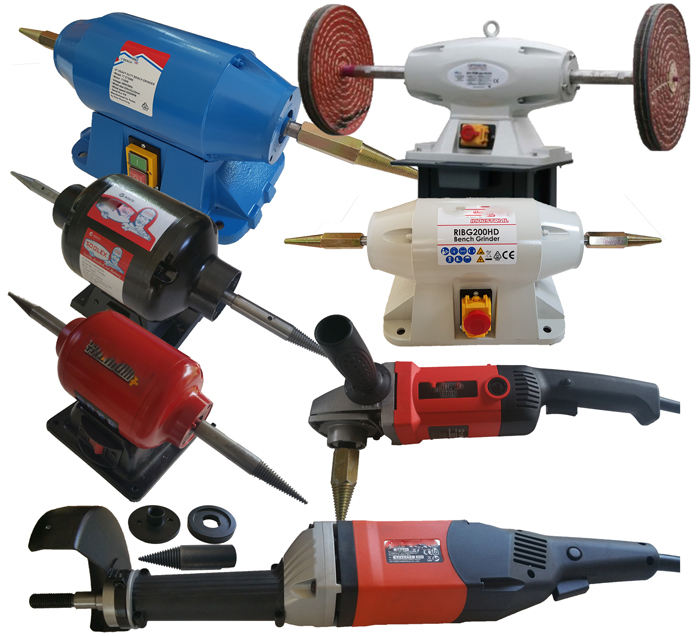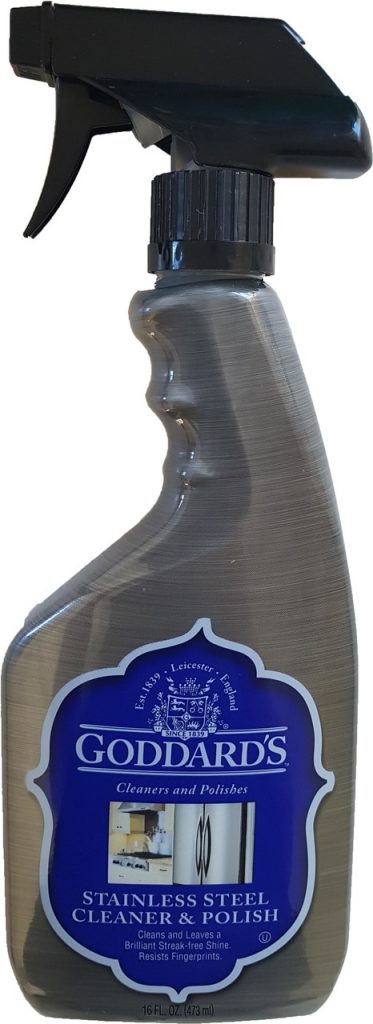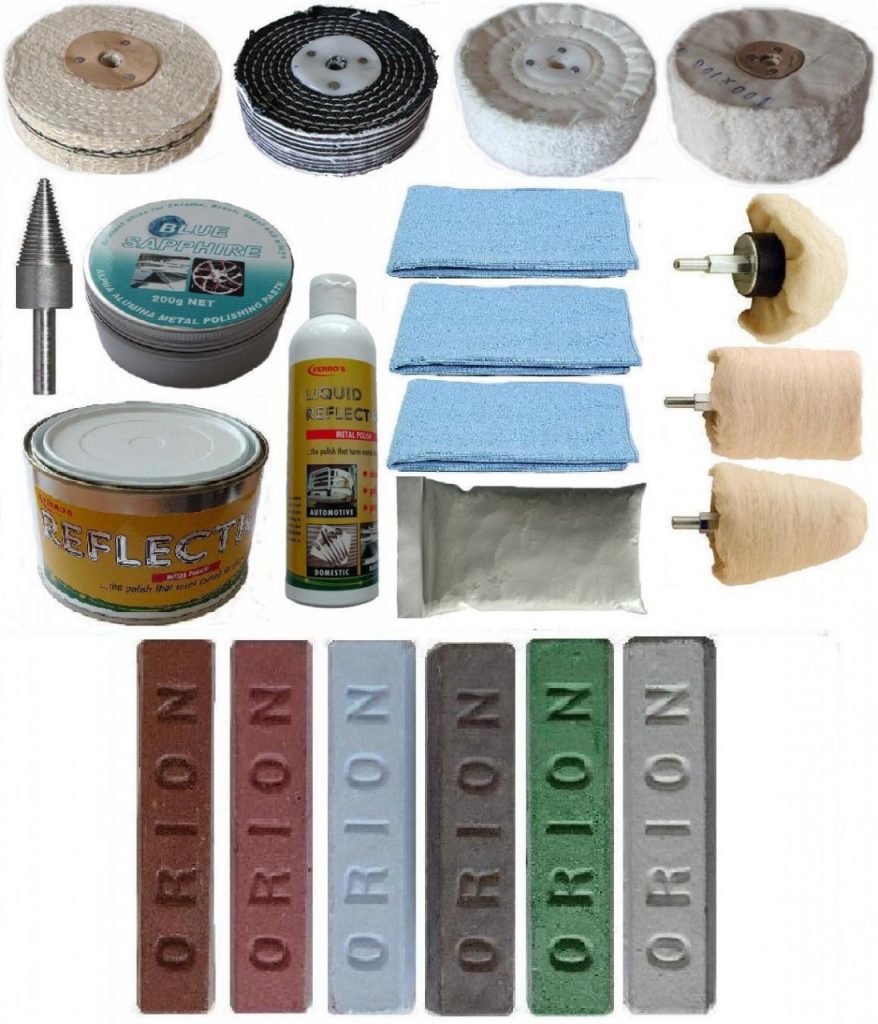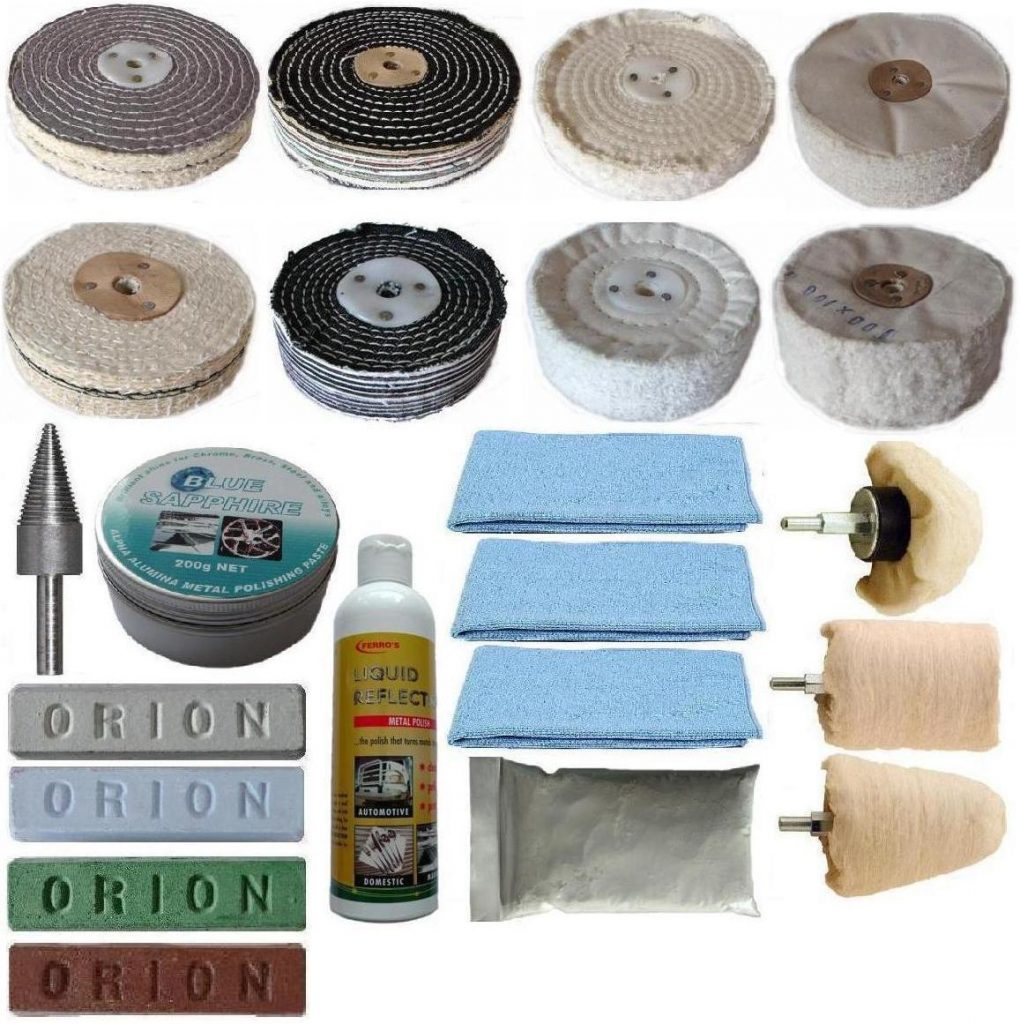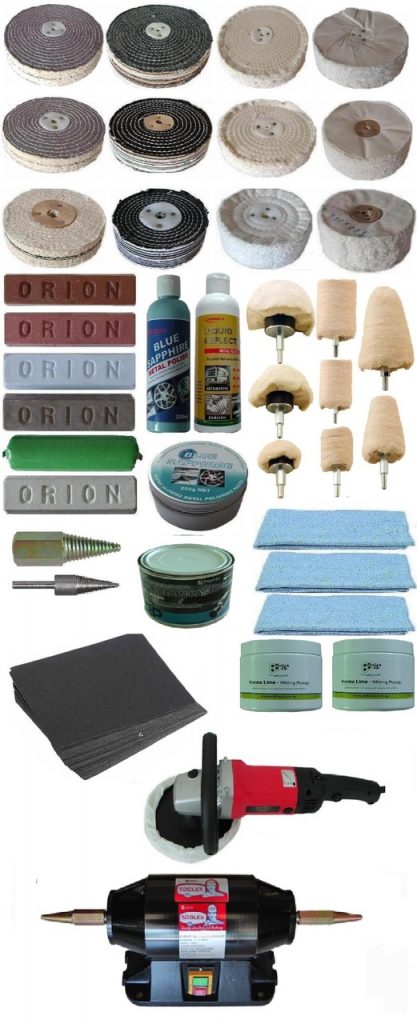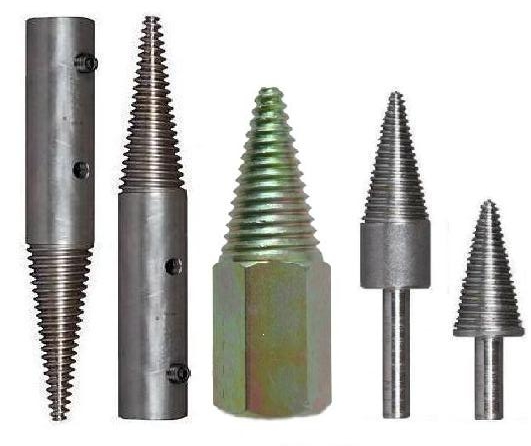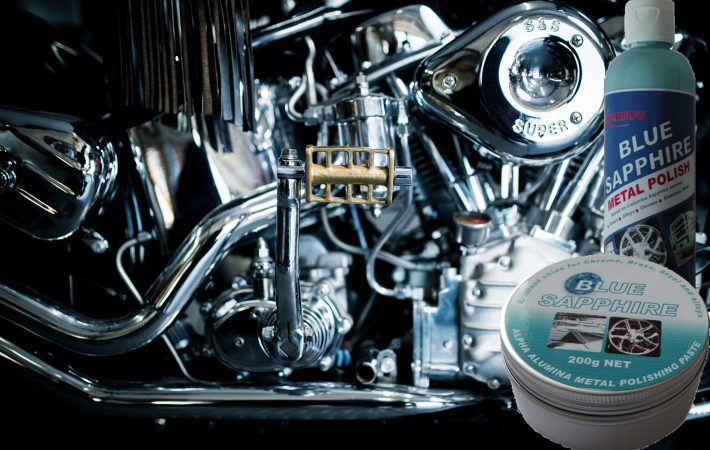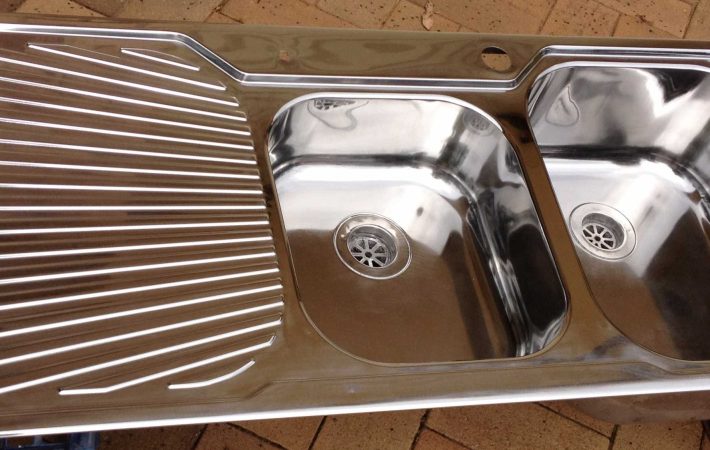General Instructions For Polishing
Suppliers of an extensive range of polishing products and accessories to professionals, retailers and the DIY enthusiast.
What is Polishing
Polishing sometimes known as finishing, buffing or colouring is the process of removing scratches and abrasions from a surface, and creating the desired brightness of finish on that surface. Polishing, like using sand paper, consists of procedures each of which is less abrasive than the previous. A combination of mops and compounds are used with a buffing machine or a household electric drill (pneumatic tools may also be used but only at relatively low speeds (4000 rpm max.)
Different combinations of polishing wheel and compound gives the desired cut / colouring action and finish. To avoid contamination or mixing of compounds use a different mop for each compound. Do not mix different compounds on the same mop. Alternatively “freshen” the polishing wheel with a wire brush to remove residue compound and metal from the wheel.

Drill mounted Polishing Kits
Drill mounted polishing kits for those small,tighter spots
If you are polishing small articles then you can fix your drill into a vice, this will enable you to polish these small articles with ease.
Sometimes when you have polished you may see a slight coat of grease or finger marks on the work piece, these can be removed with Whiting Powder followed by Liquid Reflection or Mirrorfinish Metal Polish to complete the job.
If you wish to Electroplate or lacquer the polished article please make sure you use a good degreaser and do not protect with wax polish. Any dirt or grease/wax will interfere with the adhesion of the plated metal or lacquer.
Surface Polishing Preparation
Unclean/dirty/greasy material should be prepared properly before being polished. For polishing soft metals and depending on the surface condition, start at 6 on the step by step guide above. Should parts be heavily scratched, marked or scored then suitable abrasives should be used.( flap wheel, abrasive cloth/paper, rubbing blocks etc. )
In many instances the surface of what you are polishing will need to be prepared prior to polishing. The preparation really depends on the condition of the surface and the desired finish you require. The devil is in the detail hence the better you prepare the surface the better the final result. The use of wet/dry abrasive papers and discs may be required and the finer the abrasive, generally the easier and more impressive the polished finish.
Drill-Polisher-Grinder Adaptors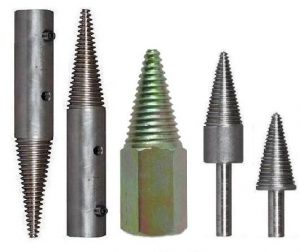
Spindle adaptors, tapered Mandrels are used to secure your polishing wheels onto your drill machine, bench grinder, variable speed polisher/grinder etc.
Before purchasing an adaptor check the dimensions of the shaft and threads to see if we have the relevant adaptors for your machine.
Description Of Polishing Wheels & Mops
Sisal Polishing Wheel.
These are very fast cutting and hard, they are particularly useful for first stage heavy duty mopping operations on steel and non-ferrous metals. They will remove grinding marks left from previous operations, when processing steel, stainless steel or non-ferrous metals and are usually used in conjunction with a coarse cutting stainless steel polish.
White Stitch Polishing Wheels.
Versatile cutting mops used for general polishing, can be used for first stage polishing with Brown polishing compound on soft metals (brass, copper, etc), or for second stage polishing on hard metals with Pink polishing compound.
Loose Flap Quality Polishing Wheel.
A harder grade of loose mop which is commonly used as an alternative to white stitch mops. Very popular for precious metals.
Swansdown (WDR) Polishing Wheels
A very soft grade of finishing mop. WDR means “white double raised” and these wheels are also know as Swansdown wheels. Generally used for soft precious metals, jewellery etc. in the final finish.
Airflow Treated and Untreaded Polishing Wheels
Quality materials are used in the manufacture of these wheels, ensuring a longer mop life and greater output compared with conventional mops. They are very clean in operation and are specially suited for heavy duty moping and finishing on metals, plastics and other non metallic materials. The treated Airflow wheels are more aggressive and used in the cutting, first stage of polishing whilst the untreated airflows are for finishing.
Dome Cylinder Goblet Polishing Wheels
Supplied in sisal and calico these drill mounted polishing mops are used to access tight and difficult to reach areas.
Excellent for use in maintenance kits, the calico mops can be used with most of our compounds. The sisal mops can effectively be used with our cutting compounds.
Mounted Felt Cylinder Bob
Versatile across many mediums, these medium density points will work on stone, ceramics, metals, as well as jewellery. Bonded onto a 3mm/6mm shaft that fits most rotary tools or drill machines. These felts tools are a popular and economical method of polishing when used in conjunction with compounds.
Safety First!
Always make sure that the machine you are working with is in safe working order i.e. bench grinder is securely fastened to your work bench, adaptors polishing wheels are securely fastened etc.
Always use safety equipment- Dust mask, safety spectacles and gloves should be worn at all times.
Always apply the item being finished to the area of the mop which is rotating away from yourself.
Do not wear loose clothing that may get caught in the machine.

Restoring Stainless Steel Sinks
Kits to revitalise your scratched sink to a high new finish.
Step By Step Guide To Polishing
- 1. Attach arbour to your drill or spindle adapter to your bench grinder / polisher and fix tightly.
- 2. Attach Sisal Mop onto the arbour/adapter and screw on tightly.
- 3. Run the drill / bench grinder / polisher and apply the relevant compound to the sisal mop for approx. 2 seconds, the compound is wax / abrasive based so the motion of the spinning mop generates heat which melts the wax/abrasive onto the polishing mop.
- 4. Apply the mop to the item to be polished with medium/hard pressure. It is very important that you remove all marks/scratches and leave a uniform finish.
- 5. Apply more compound to the Sisal Mop if needed. When all scratches/marks are removed and the work piece has a uniform dull finish, remove the Sisal polishing mop.
- 6. Attach the White Stitch / Colour Stitch Mop onto the arbour/adapter and screw on tightly. Run the machine and apply the relevant compound to the White Stitch / Colour Stitch Mop for approx. 2 seconds.
- 7. Apply the mop to the item to be polished with medium pressure. This will remove the dull finish left by the first process and leave the work piece with a semi-bright finish.
- 8. Apply more compound to the White Stitch / Colour Stitch Mop if needed. When you have a uniform semi-bright finish, remove the White Stitch / Colour Stitch Mop.
- 9. Attach either the unstitched B Quality Mop onto arbour / adapter and screw on tightly.
Run the drill / bench grinder / polisher and apply the relevant compound to the unstitched B or G Mop for approx. 2 seconds.
- 10. Apply the mop to the item to be polished with light pressure. This will remove the semi bright finish left by the second process and leave the work piece with a bright finish. Apply more compound to the unstitched Mop if needed and repeat the process.
You should now be left with a bright finish.
- Using a clean microfiber cloth, rub the polished article with Whiting Powder/Vienne Lime or Liquid Reflection, Reflection paste or Blue Sapphire. This will remove any residue compound, metal and grease left on the surface and provide you the polished finish.
Tips
Try to constantly vary the directions of which you polish. This is not always possible but recommended as some articles may be of an unsuitable size and shape.
Use compound sparingly, black grease marks will appear on work piece if too much compound has been applied to the mop. Remove black grease marks with cloth. Remember little and often. If it is possible, polish across marks/scratches not along them.
If the surface of work piece is lacquered you must remove the lacquer before polishing.
Description Of Polishing Compounds
There is a substantial range of cutting, polishing, buffing compounds suited to different levels finishes depending on the polishing wheel and compound combinations.
Blue bar = Multishine: The multi-purpose finishing compound. Suitable for all metals. Also performs well as a cutter if used on a hard cotton or sisal buff.
Brown bar = Tripoli: Combined cutting and finishing compound for soft metals only. Suitable for alloys, aluminium, brass, copper and zinc diecast. Follow up with a finishing compound if a brighter surface is required.
Grey bar =Course Cutter: A fast and economical cutter for hard metals. The rate of metal removal is high, with less emphasis on brightness. To be used on sisal buffs for the removal of scratches and “orange peel” from all metals.
Green bar = green Chro
me: For mirror finishing with minimal cut. Best used after a perfect cutting or prepolishing operation. Polishes all metals to high brightness when used on a soft cotton buff.
White bar = SS Finish: For high brightness and good cut. Suitable for all metals, including stainless steel. Recommended for surfaces that are smooth to begin with and are free of deep scratches. Use a sisal buff for cutting and a cotton buff for bright finishing.
Terracotta bar = Bright Cut DX: A fast cutter for all metals with medium brightness. May be used on a sisal buff for cutting, followed on a cotton buff for medium brightness.
Vienne Lime Cleaning Powder Or Whiting Powder: Excellent for use with our polishing kits. Use this after you have finished polishing to remove grease and compound residues after polishing. Apply it to a clean lint free cloth/microfibre and wipe where you’ve been polishing. Please note that Vienna Lime is not an actual lime powder but a pure form of super fine calcium carbonate (chalk). This will save you time and effort as opposed to using white spirit or other methods.
Liquid Reflect, Blue Sapphire, Mirrorfinish metal polishes and many others are used in your final application to maintain a long lasting bright finish to your polished surface. These polishes can be used in the maintenance of your polished items as well.
Flap wheels are designed to be flexible and conform themselves to the shape being sanded. Flap wheels flex to the different dimensions and shapes of the work piece and sand flat, high and low areas with the same effectiveness. Surfaces include wood, metal, plastics, rubber, stone. Wet and dry abrasives up to 2000grit are ideal for the surface preparation of most metals and can be used before moving onto the buffs and compound combinations.
Visit our website at www.polishup.com.au to view a wide range of products and services that include the following applications:
Australia based, we ship Australia wide and internationally.
You can polish your motorcycle, golf clubs to new, car, truck, ute, boat, alloy wheels, fixtures and fittings to exceptional mirror finishes. The polishing wheels fit bench grinders, electric hand drills, polisher sander grinder machines. Choose from our selection of adaptors and accessories for a simple conversion.

